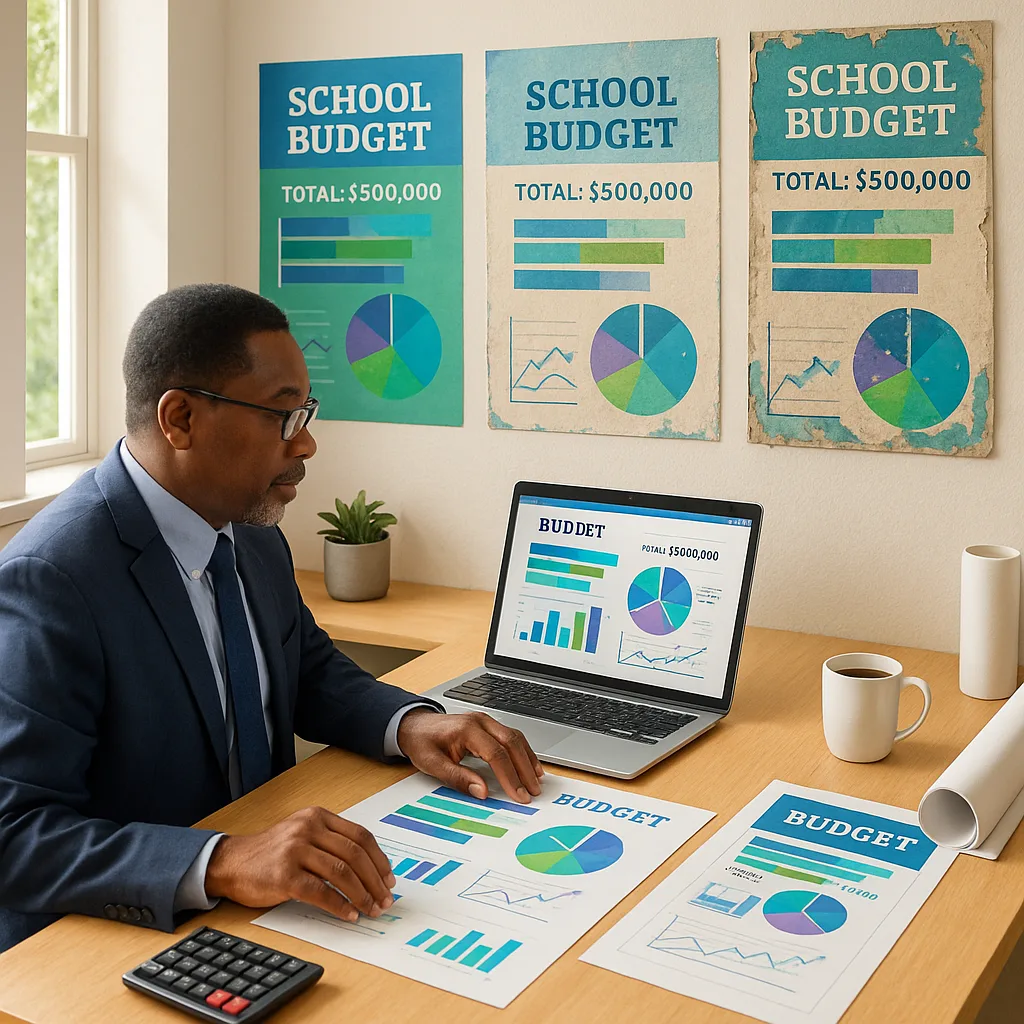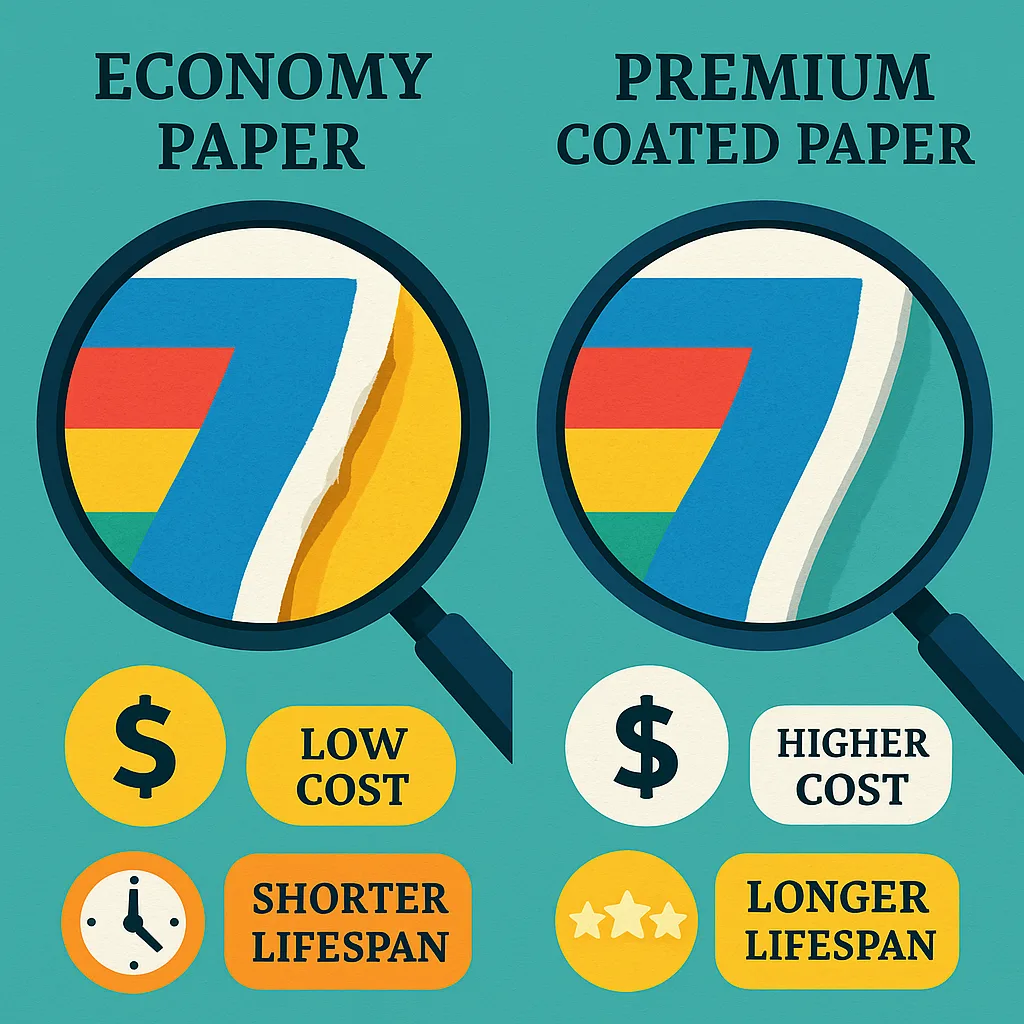School Poster Maker Machine Paper Budget Analysis
The Hidden Cost of Cheap Paper: Long-Term Budget Analysis
Making smart paper choices for your school’s poster program can save thousands over time
As a school administrator, I’ve watched countless poster programs struggle with budget constraints. However, the most expensive mistake I see isn’t in the initial purchase—it’s in choosing economy paper that seems like a bargain today but costs significantly more over time. Through careful analysis of our district’s printing data over the past five years, I’ve discovered that understanding school poster maker machine paper costs can transform your budget from a constant drain to a sustainable investment.
When schools invest in a Campus Pro 44 Poster Maker Advanced Package or similar equipment, the paper selection often becomes an afterthought. Yet this decision impacts not just print quality, but your entire poster program’s financial sustainability. Let me share the concrete numbers that changed how our district approaches poster paper purchasing.
The True Cost Components of Poster Paper
When evaluating paper options for your school poster maker machine, consider these often-overlooked expense categories:
Five-Year Cost Comparison: Economy vs. Premium Paper
Based on actual district data from 1,000 posters per year
The data reveals a surprising truth: while economy paper costs 40% less initially, premium paper saves nearly 48% over five years when factoring in all associated costs.
Breaking Down the Hidden Costs
Let me share what our comprehensive study revealed about each cost component:
Reprint Frequency Analysis
Economy paper posters in high-traffic areas required replacement every 3-4 months due to color fading and edge curling. Premium paper posters, particularly those printed with Coated Poster Paper, maintained their appearance for 12-18 months. This four-fold difference in lifespan dramatically impacts both material costs and staff time.
Labor Cost Calculations
Each poster replacement cycle requires approximately 15 minutes of staff time, including:
– File retrieval and printing: 5 minutes
– Removal of old poster: 3 minutes
– Hanging new poster: 5 minutes
– Clean-up and disposal: 2 minutes
At an average hourly rate of $25, each replacement costs $6.25 in labor alone. Multiply this by hundreds of posters across a school, and the numbers become substantial.
Environmental and Educational Impact Considerations
Beyond the financial benefits, premium paper choices support our educational mission in several ways:
Environmental Benefits
Educational Consistency
Paper Quality Impact on Different Poster Types
Premium paper effectiveness varies by poster type and location. The chart above shows the percentage of posters still in excellent condition after one year.
Strategic Paper Selection for School Poster Maker Machine Paper Costs
Not every poster requires premium paper. Here’s our recommended strategy for optimizing your school poster maker machine paper costs:
High-traffic areas: Hallway displays, cafeteria signage, main office
Outdoor use: Event banners, directional signs (with appropriate media)
Draft prints: Testing layouts before final production
Student work: When displaying rotating student projects
Specialty media: Consider various media types for specific needs
Making the Business Case to Your Administration
When proposing a shift to premium paper for your poster maker machine for schools, present these compelling data points:
Return on Investment: Premium paper typically pays for itself within 12-18 months through reduced reprint costs and labor savings. For detailed cost breakdowns specific to your usage, consult our printing costs guide.
Budget Predictability: While economy paper creates variable monthly costs due to frequent replacements, premium paper allows for accurate annual budgeting. This stability helps administrators plan more effectively.
Educational Value: Consistent, high-quality displays support learning objectives better than faded or damaged posters. This directly impacts student achievement and classroom environment quality.
of surveyed schools saved money within two years
Key Takeaways for School Administrators
After analyzing hundreds of school poster programs, these principles consistently prove true:
The decision to invest in quality paper for your school poster maker machine represents more than a purchasing choice—it’s a commitment to sustainable, cost-effective visual communication. By understanding these hidden costs and implementing strategic paper selection, schools can enhance their learning environments while actually reducing long-term expenses.
Remember, every poster hanging in your halls represents an investment in student learning. Make that investment count by choosing materials that stand the test of time, both visually and financially. Your budget, your staff, and most importantly, your students will thank you.


